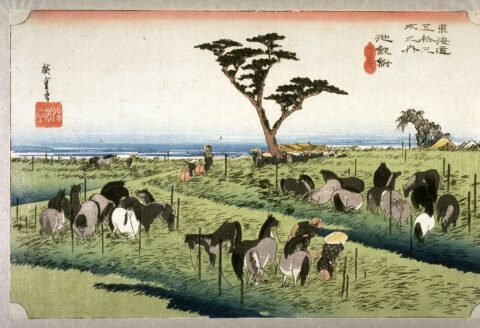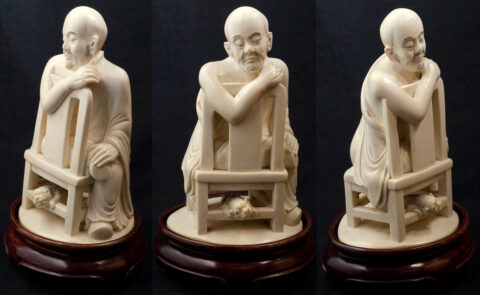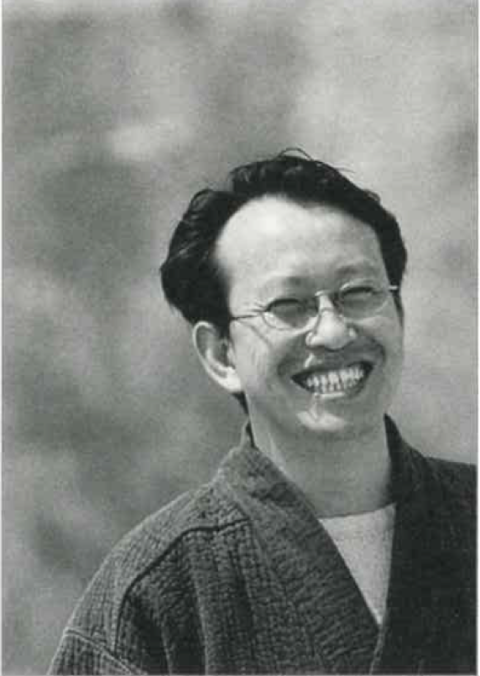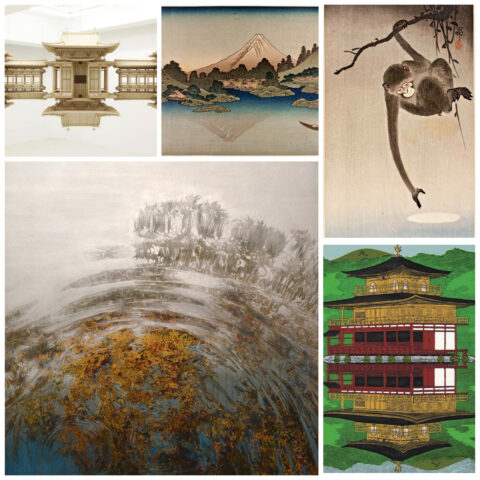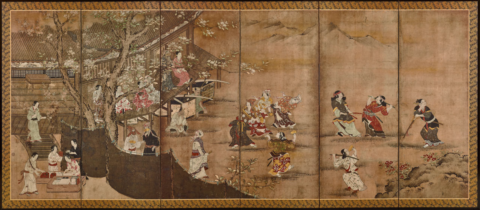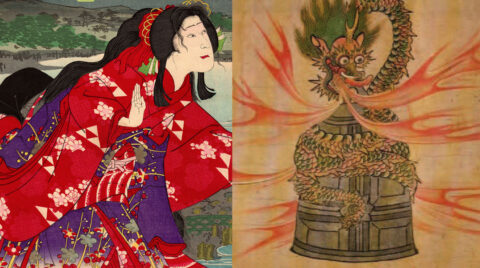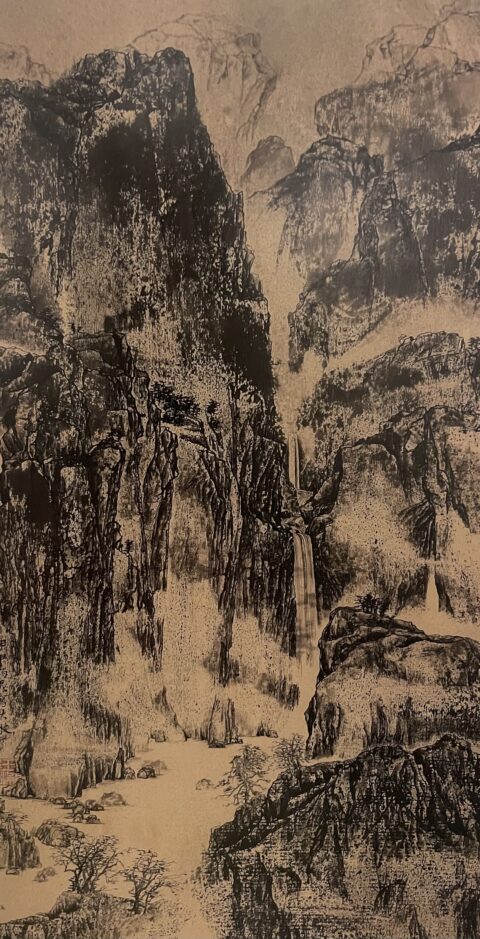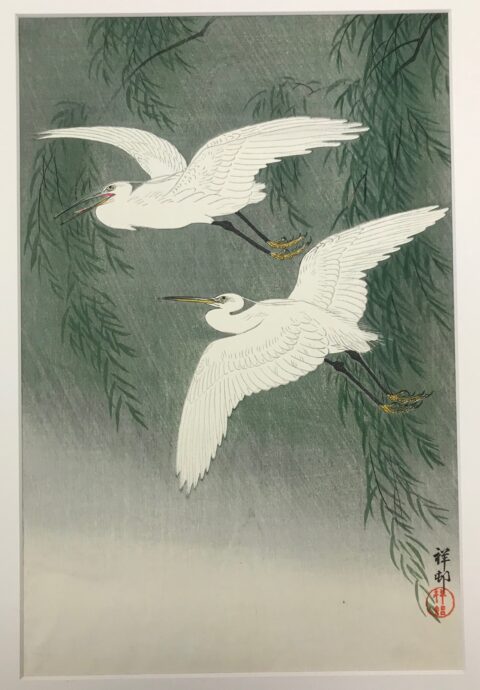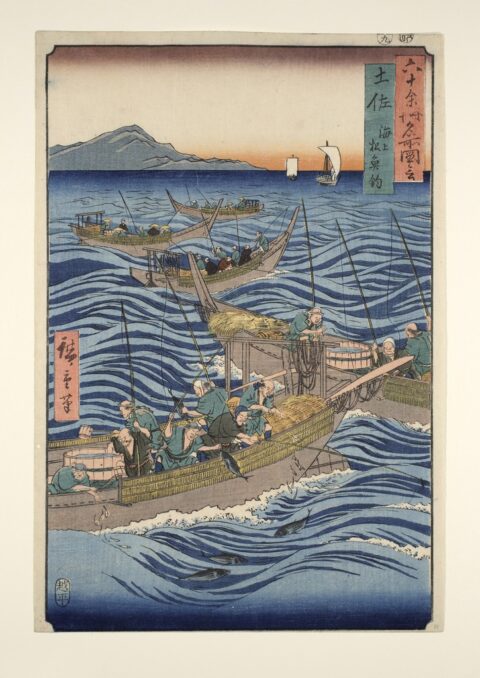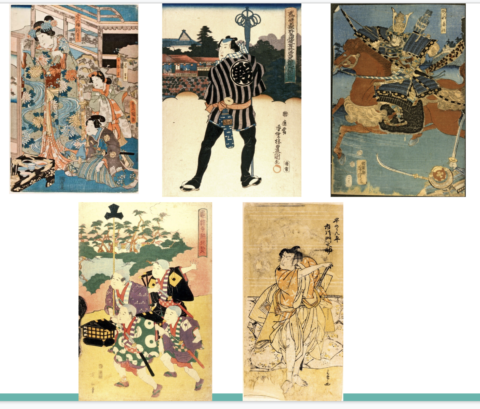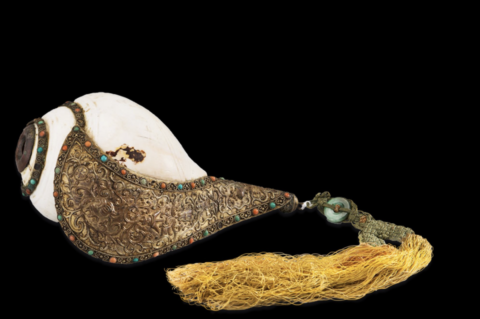
TIBET: RITUAL OBJECTS
Author: Ramon Carrillo Martinez Overview When people think of works of art, they gravitate toward paintings, sculptures, and architecture. Although…
Wabi-Sabi: The Art of the Imperfect in Japanese Tea Ceremony Ceramics
Madeline Keithan Overview Wabi-sabi is a Japanese aesthetic practice and philosophy that grew out of and still encompasses the values…

An Exploration of Charles Chu
I had first encountered Asian art when I accidentally stumbled into the Chu Reading Room one afternoon my freshman year….
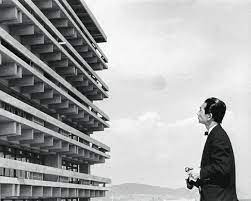
The Influential Kenzo Tange
Overview Kenzo Tange is one of Japan’s most influential and honored architects. Tange was born in Imabari, Shikoku Island, Japan…

The Evolution of Holy Men in Buddhist Art
For my chapter, I chose to study the diffusion of Buddhist art throughout Asia. My selected images clearly show how…
Ukiyo-e
Ukiyo-e translated into English means “pictures of the floating world”. Ukiyo-e developed initially as a style of painting, rather than…

Ancient Japanese Art Seen Through Technology and Astronomy
Astronomy has always been a topic of interest to me; I decided to pursue a degree in physics with a…

Tibetan Mandalas: Educational Tools of Worship
Henry Binder’s AHI 104 Final covering Tibetan Mandalas, exploring the visual motif as a means of religious instruction.

Taxila: Architecture
Taxila, located in present-day Pakistan, is one of the most significant archaeological sites in South Asia. The site was a…

Azuchi-Momoyama castles: Opulence, Religion and Defense.
Introduction In 2019 I traveled to Germany and Austria and visited famous castles. I was amazed by their grandiosity which…
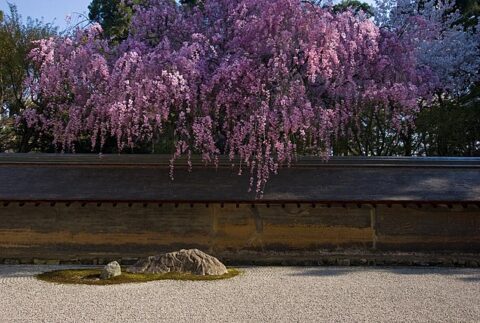
Japanese Zen Gardens
During the Muromachi period in Kyoto, Japan, zen gardens, also known as Karesansui, were often created at temples of Zen…

Mono no aware of Japanese Paintings
Abstract This project was inspired by Yasunari Kawabata’s speech at the Nobel Prize for Literature, in which he spoke at…
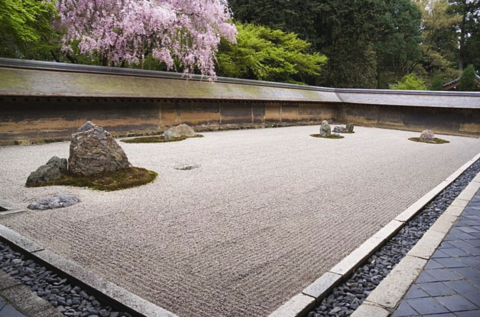
Zen Gardens
By: Brenna O’Brien, Emmy Castano Overview A zen garden is a distinctive style of Japanese garden that is stylized by…
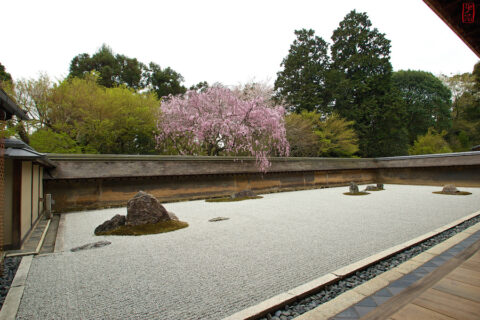
Japanese Zen Gardens During the Muromachi Period
The Zen gardens of the Muromachi period (1336-1573) in Japan are ones of beauty, peace, and tranquility. The creation of…
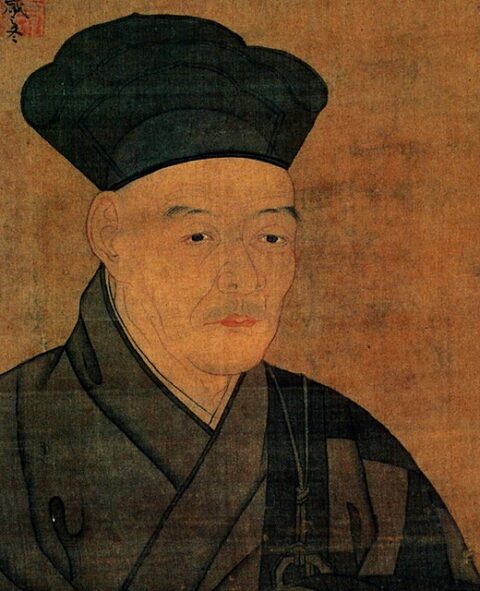
Sesshū Tōyō: Influences of the Revolutionary Japanese Painter
Background Born in 1420 to an important Samurai family in the Bitchu Province of western Honshu, Sesshū came to be…
Utagawa Hiroshige: Unveiling the Cultural and Historical Significance of “The Fifty-three Stations of the Tōkaidō”
Maintext Unlike most people, I knew Utagawa Hiroshige as a Ukiyo-e artist before I knew Katsushika Hokusai. I remember seeing…
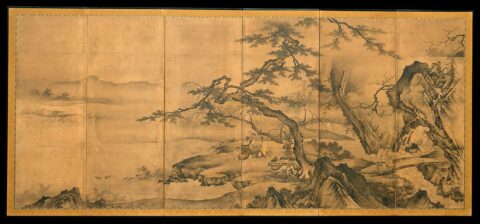
The Kano School
Overview: The Kano school of painting was established by Kano Masanobu. This school was associated with the influential zen temples…
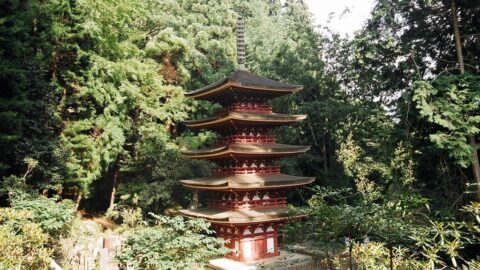
Place-Based Architecture in Japan’s Early Heian period: Murō-ji temple
The impetus behind this project stems from an architectural/artistic interest of mine in the evolving relationship between built and natural…

Ono Yōko: Japanese, Female, Activist, Artist
Which is she first? Who is Yoko Ono? Is she the wife of legendary British musician John Lennon? Is she…
Art & Architecture Within the Period of Peace
Preceded by the Early Heian Period, the Late Heian Period occurred from 894-1186. The flourishing of art, architecture, literature, and…
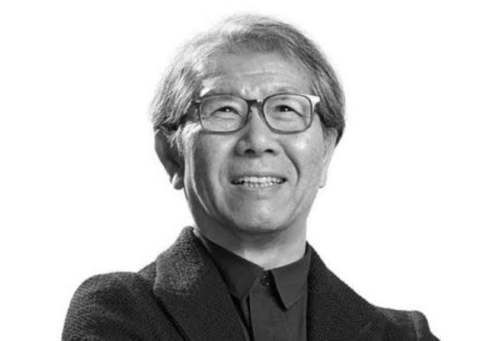
Riken Yamamoto – Approach to Modernity
The goal of this project is to complete an analysis of the features present in different pieces of architecture designed…
Bamiyan: Analyzing Buddhist Art
built around 618 CE during the Hephthalites reign. Also called Salsal = male figure Fully destructed on 2001 by Taliban…
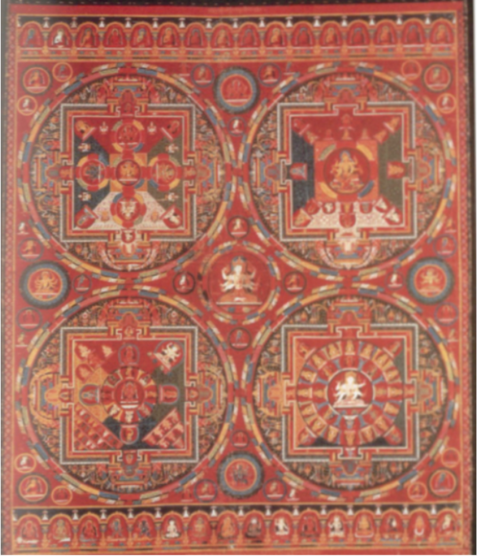
The Many Forms of the Mandala
Overview The mandala is a very popular form of art and has taken on many different meanings. Some of the…
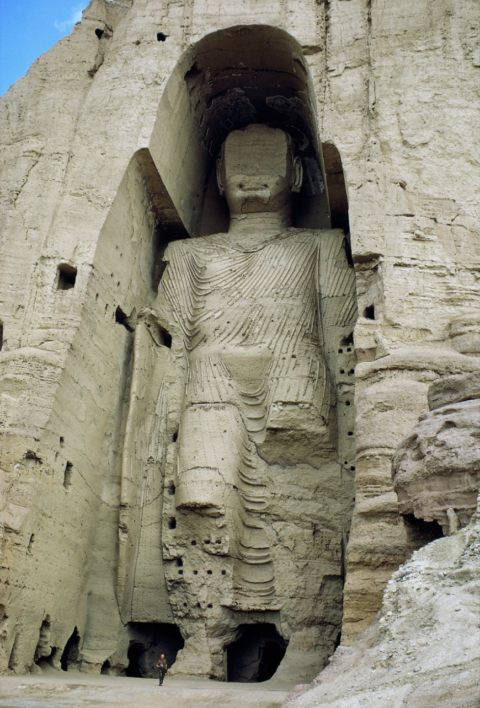
Buddhist Iconography in Bamiyan, Afghanistan
By: Althea Beattie Overview: During his 16-year pilgrimage to India, Chinese monk Hsüan-tsang crafted detailed accounts of the Bamiyan Valley…

Mandalas: Portals to Enlightenment
how mandalas are used in visualization practices
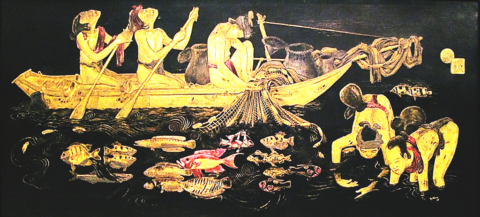
Vietnamese Lacquer Painting in 1930-1945
In recent years, I have developed a heightened awareness and appreciation for Vietnamese culture and traditions. Although I grew up…
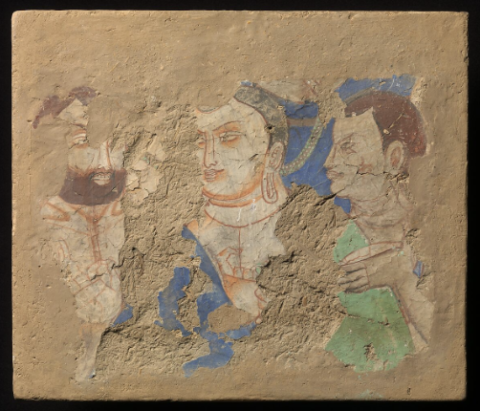
The Buddhist Art of Kucha
The goal of this chapter is to explain the Buddhist artwork of the ancient Kuchean kingdom, including how neighboring civilizations…
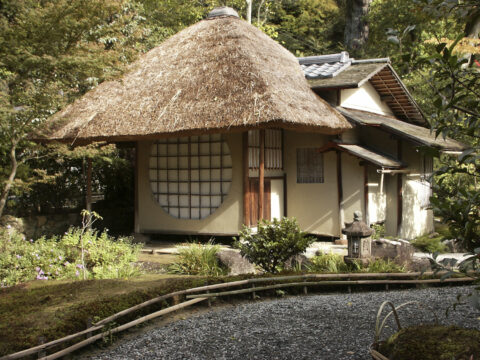
Japanese Aesthetics: Wabi Sabi and The Chashitsu
Connor Busch Overview The intention of this exhibition is to explore Japanese ideals about aesthetics through the appearance of Wabi…
Portals and Paths in Japanese Religious Architecture
Exhibit Overview The exhibition Portals and Path in Japanese Religious Architecture examines how religion, sacred places, beliefs influence architecture. This…
Water In old and Modern Day Art Exhibition
This exhibition displays five paintings, three of which can be found in the Chu-Griffis art collection. And the other two…
Chu-Griffis Collection at Connecticut College
By Eddie Pistorino Overview: For my exhibition I will show five different paintings from the Chu-Griffis collection of Asian Art…
Identifying The Eighteen Lohan of Buddhist Temples
Nefertari Pierre-Louis Overview The sacred temples of China, Korea, Japan and Tibet are spiritual spaces which house the beautifully sculpted…
The Art of Dunhuang Reimagined: Suh Yong’s Modernization of Tradition
Overview Suh Yong, born in 1962, is a Japanese artist who spent years studying Buddhist art in the Mogao Caves…
Japan: Reflected in Water Throughout Time
Lucy Buchanan Overview This exhibition looks at works of Japanese art that feature images reflected in water. Each piece uses…
Opulent Interplay
By Christian Jacobsen Overview: Edo period Japan was a time of travel and trade. Land was no longer one of…
Representations of Herons in Ohara Shōson and Hashimoto Koei’s Japanese Woodblock Prints
What did herons symbolize in Japanese art? In Japanese culture, herons are valued for being birds who can move across…
Kiyohime and the Significance of Detail in Japanese Art
The tale of Kiyohime and Anchin has been used to justify the Buddhist belief that “women have little inclination toward…
The Hudson Valley as a Home and Inspiration, explored through the life and works of Mansheng Wang
Claire Fadness Overview With the untouched beautiful landscape that is the newly discovered North America, many artists were inspired to…
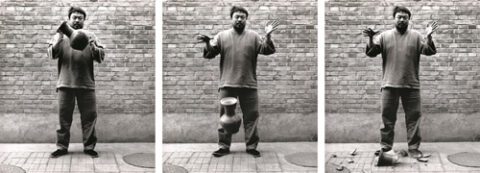
Ai Weiwei: Communism and Capitalism in China
Ai Weiwei has responded critically to China’s cultural traditions through his contemporary art starting with being one of the architects…
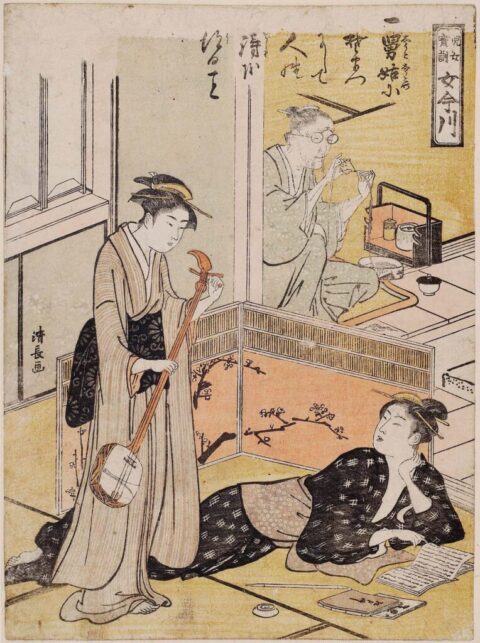
Gender Presentation in Japanese Prints
During the Edo period in Japan, which was 1603 to 1867, it was illegal for women to act or even…
Transmission of Bamboo in Chinese Ink Art
Kathryn Suplee Overview This exhibition focuses on Chinese ink art with a subject of bamboo. The exhibition emphasizes the importance…
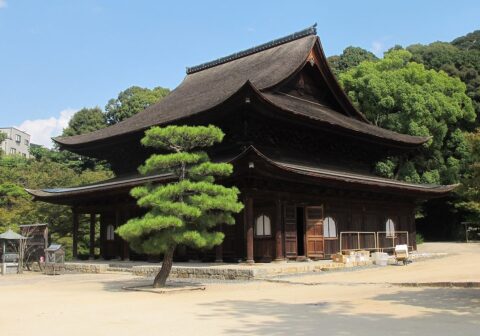
The Architecture of Japanese Buddhist Temples
Natalie Solari Overview: This exhibition takes a closer look at the main buildings of five Japanese Temple Complexes. Temples are…
Everything Changes in Japanese Art
Ramon Carrillo Martinez Overview This exhibition examines five images that showcase correlation between the Buddhist universal truth of impermanence—that “Everything…
Modern Japanese Woodblock Prints of the 20th Century
By: Teddy Keenan Overview- After the collapse of the Tokugawa Shogunate in 1868, Japan opened up to the west. Western…
Transmission and Kachō-e: Birds, Flowers, and Tradition
OVERVIEW As illustrations of both nature and spirit, kachō-e (花鳥絵) or kachō-ga (花鳥画) woodblock prints have have long been regarded…
The Wealth of Water: Ando Hiroshige’s aquatic prints of the 19th century
Sofia Di Scipio Overview Water has been an essential means of life, transportation, and trade in Japan for centuries. The…
Understanding Cultures through Clothing: Ainu Attush and Salmon Clothing
When one looks at another country from an outside perspective many things are lost. People assume that the country, as…
Kano Painting Style: The Fusion of Japanese and Chinese Art
The Kano School of Painting was one of the most famous schools of Japanese painting in history. It produced a…
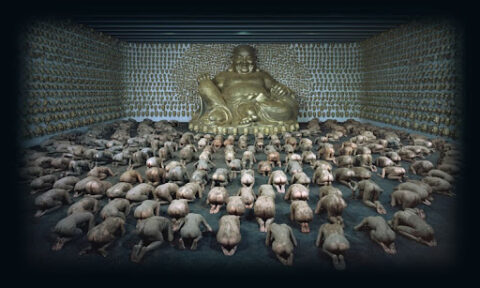
Wang Qingsong: Buddhist Imagery in a Contemporary Consumerist World
Isabella Sorrenti Overview This exhibition explores the way in which Chinese artist Wang Qingsong (b.1966) portrays Buddhist ideology and imagery…
Psychoanalyzing Woodblock Facial Expressions and Body Language
By: Rachel Schultze Overview There are seven universally shared emotions- fear, joy, anger, surprise, sadness, contempt, and disgust. When we…
